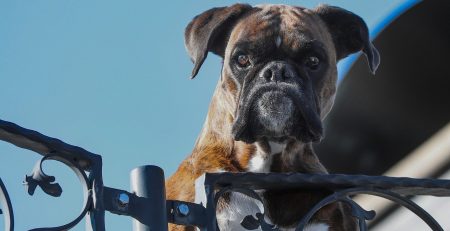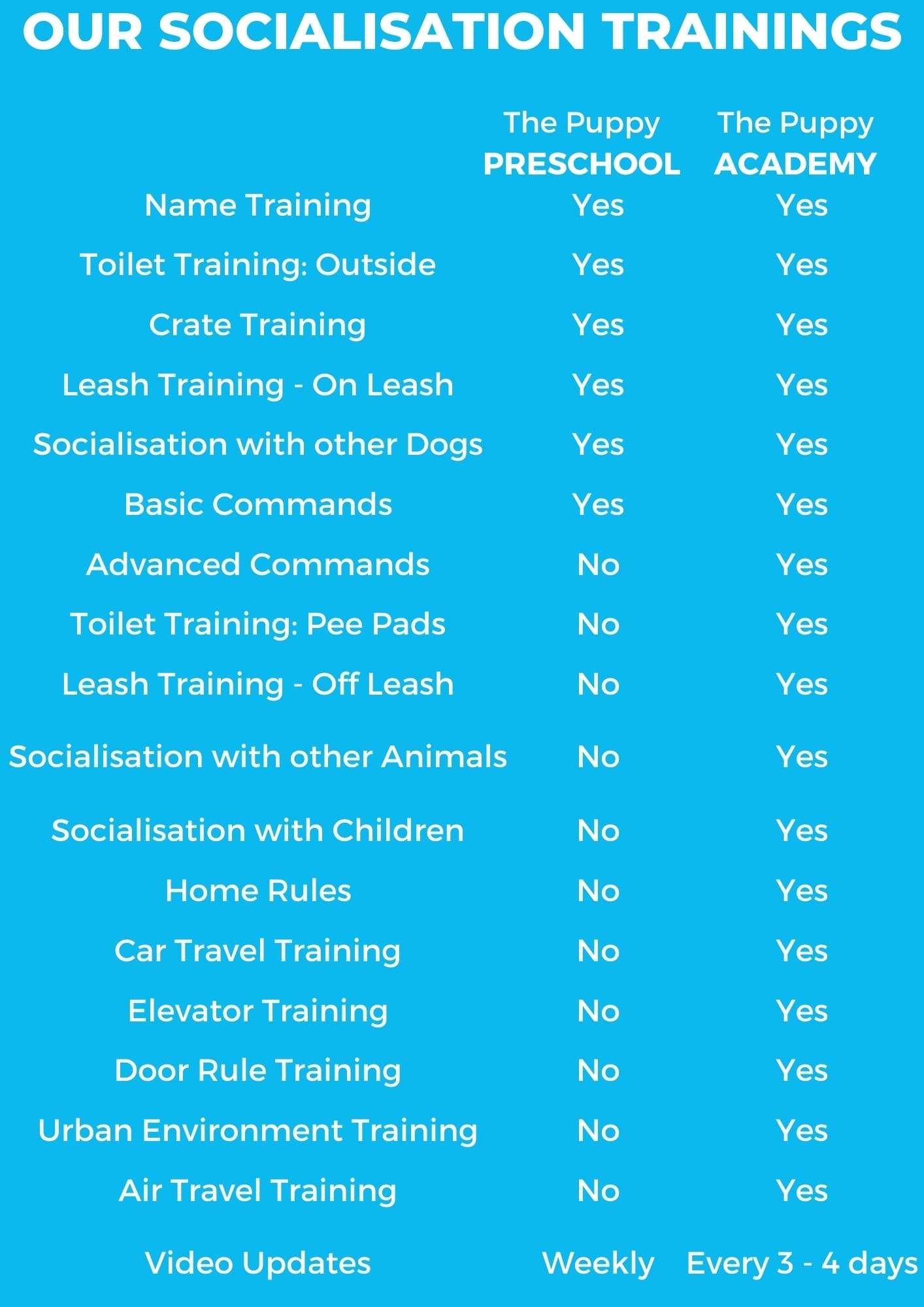There Once Was a Colossus Called Molossus
Thanks to the Greeks, modern society has democracy, science, philosophy and medicine. However, for those of us who love big, burly dogs, one tribe of Greek people stands out from the crowd and deserves the highest level of respect and admiration. This tribe was known as the Molossians.
A brief history of a great civilisation
Being one of a number of tribes that inhabited the Epirus region and its mountain ranges, the Molossians along with the Chaonians and the Thesprotians came into existence at about 1000 BC. After forming the first centralised state in 370BC, the Molossid Aecid dynasty further solidified their status by arranging a royal marriage between King Philip II of Macedon and the Molossian princess Olimpias in 359BC. She came to be the mother of Alexander the Great, and after having bonded the Molossian Aecid dynasty to the increasingly powerful Macedonian kingdom in blood, the Kingdom of Epirus came into existence. This kingdom turned into a federal republic called the Epirus League after the last member of the Aecid dynasty was assassinated. The Epirus League split in the Third Macedonian war, when the Molossian people sided with their Macedonian allies, and the Chaonians and the Thesprotians sided with the Romans. The Molossians were defeated and enslaved, and their territories were annexed by the Roman Republic.
Behind every great people stands a great dog breed
While the Molossian people met a terrible fate, their dogs were met with admiration. The Molossian dogs were big, robust and hardy. The dogs were not only used to protect animal herds and the estates of the wealthy, but were also known for their tenacity and ferocity in battle. The Roman poet Virgil and Aristotle had only praise for the dogs, singing praises about their guarding ability and physical superiority over other dog varieties. Pliny also described a fond memory of a beautifully crafted, original bronze statue of a molossus dog licking its wounds, which was destroyed by followers of the roman emperor Vitelius after burning down a shrine dedicated to the goddess Juno.
The Greeks had many legends on how this dog came into their possession. One Greek legend says that the dog was sired by Cerberus, the guard dog of Hades, which was captured by Hercules and given to Eurystheus. The legend goes on to say that Molossus, the grandson of Achilles and the founder of the Molossian tribe, stole the dog and took him to a mountain where he bred the dog to produce numerous molossus individuals that became synonymous with his people.
Theories say that in reality the breed was a product of the numerous interactions between the ancient Greek and Mesapotamian civilisations, who owned the earliest known examples of Brachycephalic dogs. It is even thought that the numerous expeditions that Alexander the Great led into the Middle East and India helped to further solidify the characteristics of this ancient breed, and other breeds in territories where he conquered. It is therefore not surprising to find a lot of similarities between certain Indian and middle-eastern dog breeds and the ancient artistic depictions of the molossus dogs.
After coming in possession of these dogs the Romans decided to also put them to good use. Through different breeding and cross breeding programs, the romans created numerous different varieties of versatile guard dogs and hunting companions. With this in mind, credit should therefore be given to the Roman Empire for the development of the numerous modern mastiff breeds that sprouted in the different regions (ex. Napolitan Mastiff, Pyreneese Mountian Dog, Dogue de Bordeoux, etc) of their extensive empire. In the middle ages, a lack of interest in proper breeding and the natural sciences led to the decline of these great breeds. It is only thanks to farming communities and isolated monasteries needing protection that some of these breeds made it out of the dark ages.
Sculpt me like one of your latin girls
One of the most popular depictions of what scholars think the molossus dog looked like, is through a sculpture commonly known as the Jenning’s dog. The statue is 1.05m tall and is named after its first modern owner Henry Constantine Jennings who bought it from an antiques dealer in Lanuvium for 400 scudi. The statue is a 200 A.D. Roman copy of a 200 B.C. bronze Hellenistic original. The world renowned Jenning’s dog nowadays sits in the British Museum having been bought from its latest owner for the price of $950,000 to be displayed for the general public’s enjoyment. Only a few other marble statues of these dogs can still be found, two of which grace the Belvedere Court of the Vatican Museum.
What’s left after the dust settled?
It is thought by many that the molossus dog went the way of the dinosaurs; having been replaced by modern breeds due to their higher adaptability and their friendlier temperament. Standing at about 65 to 75cm at the withers, weighing between 40 to 65kg and having an uncanny resemblance to the Jenning’s dog, the Molossus of Epirus is an existing breed that is out to banish these beliefs with a vengeance. With the help of FCI recognition and a legendary aura hanging around it, the Greek Kennel Club (Κυνολογικός Ομιλος Ελλάδος) and the Molossus of Epirus rescue Organisation (Διασωστικός Όμιλος Μολοσσού της Ηπείρου), are doing their best to conserve this breed and help it make its way back to the Greek homes and backyards that are rightfully theirs.






















